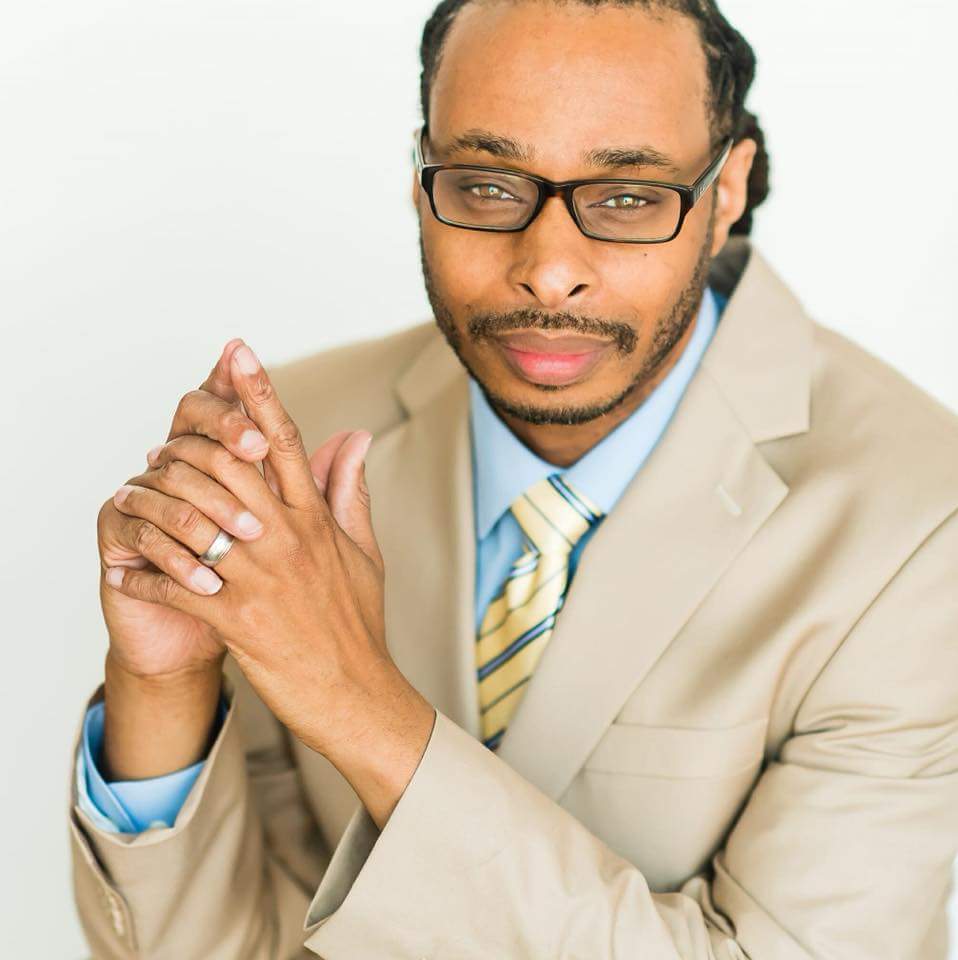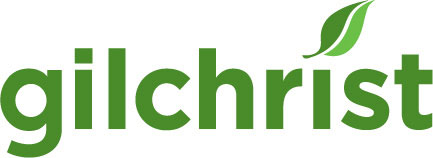Spiritual Care Week: Caring for Caregivers
In honor of Spiritual/Pastoral Care Week, Gilchrist chaplain Nathaniel “Lenny” Burrison reflects on his work tending to hospice patients, families and the health providers who care for them.

As a hospice chaplain, I have the sacred calling of providing emotional and spiritual support to patients and families on their end-of-life journey with Gilchrist. Often, this support means providing a nonjudgmental presence and safe space to allow care-seekers to voice their lament and grief. One of the beautiful aspects of this type of ministry is providing support not only to the patient and their family or friends but also to the health providers who care for them.
Almost all of my patients reside in residential care centers (e.g., skilled nursing facilities, assisted living facilities and memory care units) where Gilchrist provides hospice care. These patients often create family-like bonds with the Gilchrist and facility team members who take care of them throughout their stay. The bonds shared between patient and caregiver grew especially strong during the early months of the pandemic, as these unsung health care heroes were often the patients’ only physical connection to the outside world.
Being Frontline
Being a frontline caregiver can take an emotional toll, especially after losing patients they have grown close to. When that happens, chaplains are available to offer caregivers spiritual and emotional support just like they do for families.
Recently, I ran into a nursing aide while I was on my way to see a patient who was beginning to decline. As I spoke with this aide, she began to reflect on her time caring for this patient, the friendship they had formed, and her own anticipatory grief over the pending loss of their relationship. I listened, acknowledged her feelings, and affirmed the holiness of her work.
Some days later, I learned that the patient had died. The aide reached back out to me to share her feelings of sadness, loss and grief. Afterward, she thanked me for being there and being “someone I can talk to.”
This encounter reminded me of multiple studies that show a significant prevalence of secondary traumatic stress, bereavement, compassion fatigue and burnout among health care providers at all levels. As a chaplain, I get to cultivate collaborative relationships with many of these health care providers.
Sometimes, caregivers need to be reminded to care for themselves. I am grateful that I have the opportunity to walk alongside and support these amazing providers as they act as the “hands and feet” of the Creator and engage in such powerful work.
Ase. Shalom. Amen
To learn more about the work of a Gilchrist hospice chaplain, visit gilchristcares.org/hospice-chaplains.
To support our work, visit gilchristcares.org/give.


